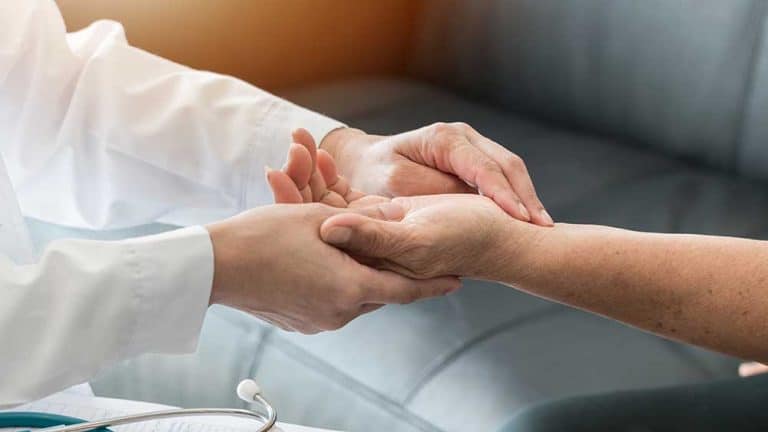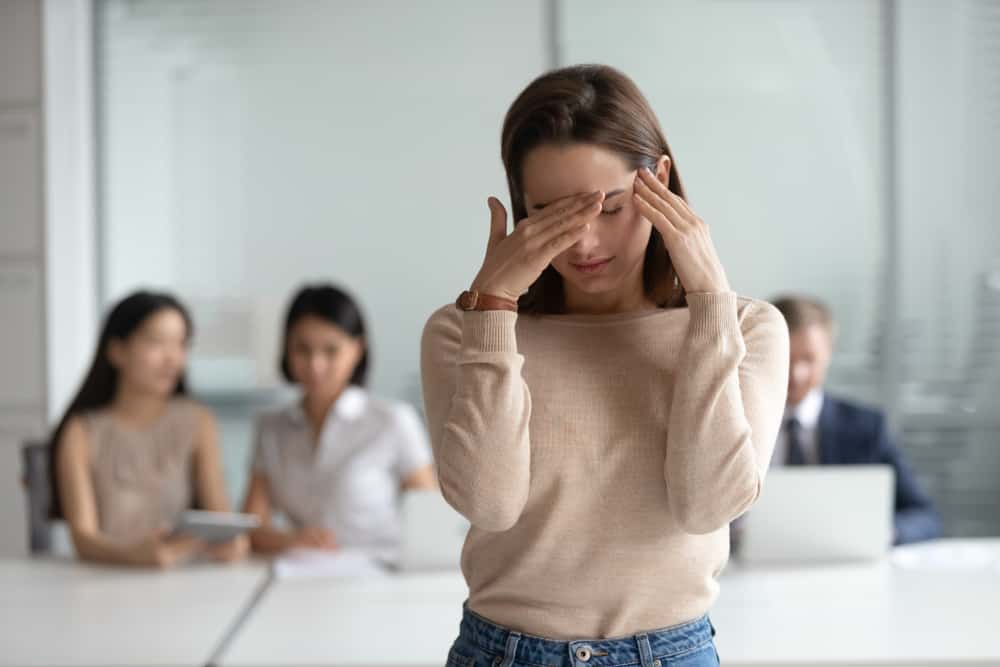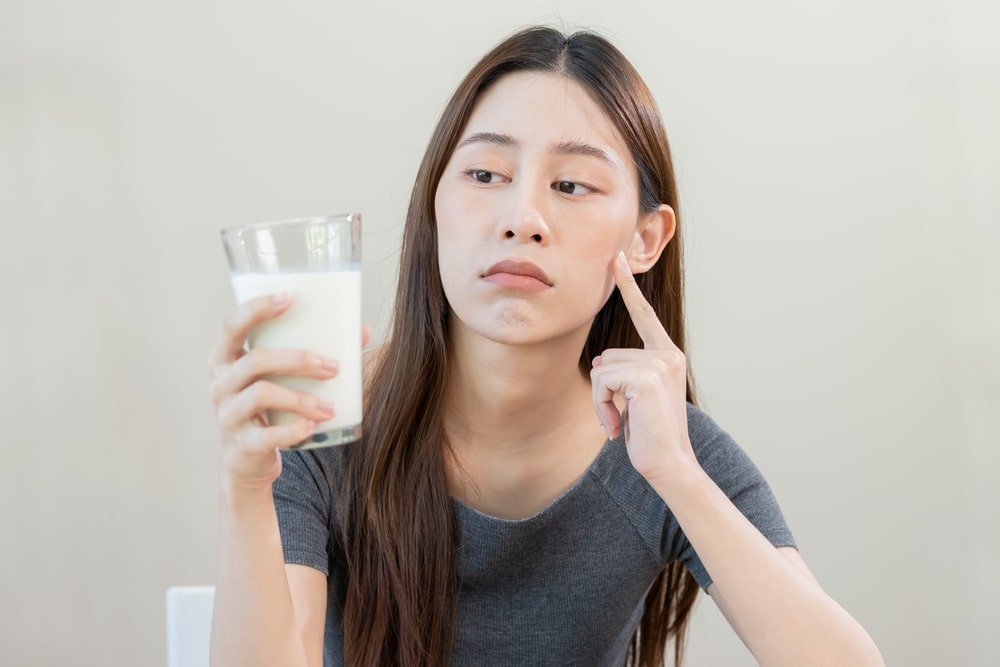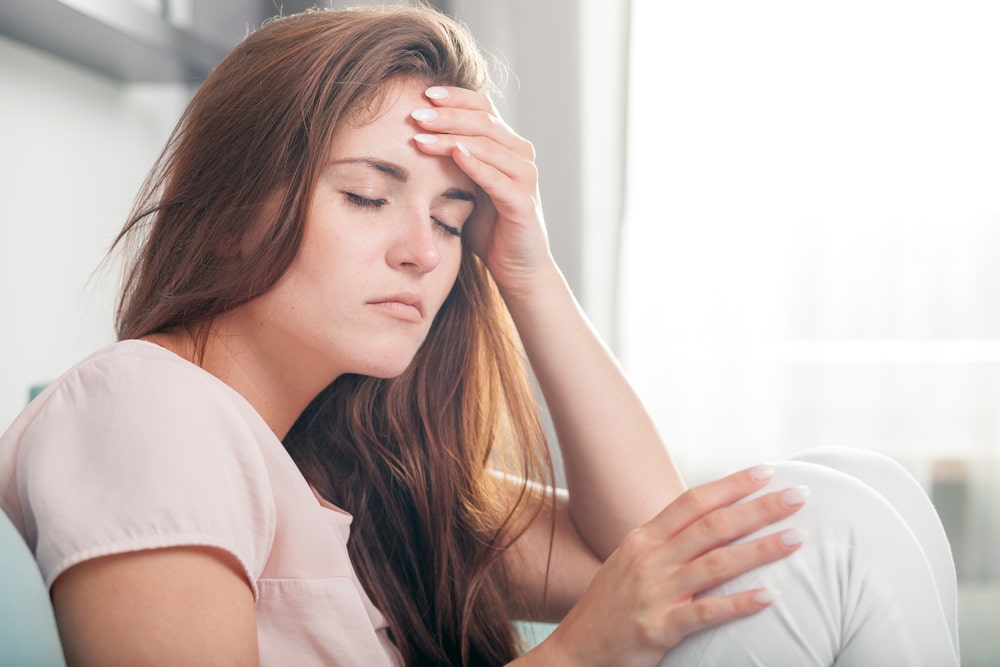If you have low blood pressure, one of the first signs you can notice is feeling dizzy upon standing up. However, not every case of dizziness due to standing up may be a symptom of hypotension (low blood pressure).
It is common for blood pressure to drop when you stand up suddenly. On this article, we give give information about how to notice hypotension, what are the causes, when should you take action and how to treat/manage low blood pressure.
Blood pressure is the pressure that the blood in the arteries exerts on the veins. The blood pressure rate that should be in a person is approximately 120/80 mm Hg. If this rate is about 90/60 mm Hg, the person’s blood pressure is lower than normal levels.
Medical professionals often divide low blood pressure into several categories, depending on its causes and other factors. Low blood pressure that occurs while standing, that is, orthostatic or postural hypotension, is a sudden drop in blood pressure that occurs when standing up from a sitting position or lying down. Apart from orthostatic hypotension, there are other types of hypotension such as Postural hypotension, Postprandial hypotension, and Neurocardiogenic hypotension.
A sudden drop in Hg systolic levels can cause many symptoms. The most common symptoms of orthostatic hypotension are dizziness, lightheadedness, fainting, cold sweaty skin, fatigue and nausea.
What Can Cause Low Blood Pressure?
The cause of low blood pressure can range from dehydration to serious medical or surgical disorders. It is essential to find out what is causing low blood pressure. So the treatment can be effective. Autonomic nervous system dysfunction has a vital role in low blood pressure associated with orthostatic hypotension.
Orthostatic hypotension can occur for various reasons such as thirst, prolonged bed rest, sitting or squatting for a long time with legs crossed, pregnancy, diabetes, heart problems, burns, being in very hot environments, large varicose veins and some neurological disorders.
Fever, vomiting, severe diarrhea, overuse of diuretics and strenuous exercise can cause dehydration. When your body loses more water than it takes in, thirst-related weakness, dizziness and fatigue can occur. The deficiency of vitamins B-12 and folate, which should be taken in a normal diet, can cause low blood pressure by preventing the body from producing enough red blood cells (anemia).
A severe allergic reaction, namely anaphylaxis, is a serious and potentially life-threatening response of the body. Common triggers of an allergic reaction include foods, certain medications, pesticides, and latex. Anaphylaxis can cause breathing problems, hives, itching, a swollen throat, and a dangerous drop in blood pressure.
Some heart conditions that can cause low blood pressure include slow heart rate (bradycardia), heart valve problems, heart attack, and heart failure. Drugs used in the treatment of Parkinson’s disease and erectile dysfunction can also cause orthostatic hypotension.
Extremely low blood pressure, or shock, can be life-threatening. Signs and symptoms of this state of shock include clammy, cold, and pale skin, rapid and short breathing, weak and rapid pulse, and confusion, especially in older adults. If you have signs of shock, immediate medical attention is needed.
What Happens Upon Standing if You Low Blood Pressure?
When you stand up in one place, gravity causes blood to pool in your legs. The amount of blood returning to the heart through blood vessels due to gravity decreases for a moment. The amount of blood thrown into the body decreases with the effect of this.
Some of the blood near the heart tends to flow back to the abdominal area. The body compensates for this by increasing the heart rate and constricting the blood vessels, thus allowing enough blood to return to the brain.
However, in people with orthostatic hypotension, this balancing mechanism fails and blood pressure drops. This causes dizziness, lightheadedness, blurred vision, and even fainting.
Our brain monitors second by second how much blood is pumped out with each heartbeat to make instant adjustments. The center immediately responds to the message that “blood pressure is decreasing” transmitted to the brain through the antennae in the veins. In the meantime, the heart is told to speed up by sending orders so that the blood volume that is decreased in each heartbeat can be compensated by increasing the number of beats.
If we pay attention, we may notice that our heart rate accelerates when we suddenly stand up. The nervous system, which takes action to compensate for the troubles caused by the falling blood pressure, can also cause complaints such as palpitations, sweating, cold hands and chest pain besides its beneficial effects.

How to Treat Orthostatic Hypotension?
Treatment for low blood pressure depends on the type of hypotension and the severity of the signs and symptoms. Orthostatic hypotension treatment aims to normalize blood pressure to relieving signs and symptoms. Our other aim is to manage any condition that causes orthostatic hypotension. Response to treatment depends on the age, general health and strength of the patient.
Low blood pressure without any symptoms is usually not a problem and does not require treatment in a healthy person. Suppose there is a sudden symptom of low blood pressure. It is necessary to sit down or lie down immediately.
In addition to our clinical orthostatic hypotension treatment, you should follow essential factors in your life, such as your eating habits and sleep hours. This way, you can take your blood pressure under control and increase your living standards with the help of the right environment.
It is essential to drink more water and avoid alcohol. Water quenches thirst and increases blood volume, and alcohol causes thirst and can lower blood pressure even in small amounts.
It is possible to get all the nutrients needed for good health by focusing on various foods for a healthy diet, including whole grains, fruits, vegetables, and lean chicken and fish.
If the doctor has recommended using more salt, but the individual does not like the taste of too much salt in the food, it is possible to use natural soy sauce or add a small amount of powdered soup mix to the spices.
It is necessary to pay attention to the positions of the body. It is important to slowly move from a lying or squatting position to a standing position.
It is recommended not to cross legs while sitting. It will help take a few deep breaths before getting out of bed and then sitting up slowly. Having the head of the bed slightly elevated can also help combat the effects of gravity while you sleep.
If symptoms appear while standing, scissor-crossing the thighs or leaning forward as much as possible after pressing one foot on a chair or elevation promote blood flow from the legs to the heart.





